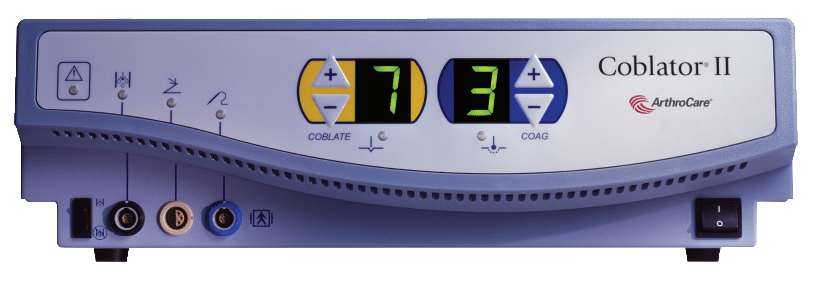Introduction
Tonsillectomy, or the surgical removal of the tonsils, is a common procedure that can significantly improve quality of life for those suffering from chronic throat issues. While tonsils play a role in the immune system, their removal may be necessary in cases of frequent infections, breathing difficulties, or other health concerns. This article explores the benefits of tonsil removal, signs that indicate the need for surgery, and what to expect during and after the procedure.
Understanding the Role of Tonsils
Tonsils are small, oval-shaped lymphatic tissues located at the back of the throat. They help trap bacteria and viruses, playing a crucial role in immune defense, especially during childhood. However, in some individuals, the tonsils become more of a liability than an asset due to frequent infections, inflammation, and other complications.
When is Tonsil Removal Necessary?
A tonsillectomy may be recommended in the following cases:
- Chronic Tonsillitis: Recurring tonsil infections (more than 5-7 times a year) can lead to prolonged illness, requiring antibiotics frequently.
- Obstructive Sleep Apnea (OSA): Enlarged tonsils can block airways, causing breathing difficulties and sleep disturbances.
- Frequent Sore Throats: Persistent throat infections can result in difficulty swallowing, pain, and discomfort.
- Tonsil Stones: Hardened debris trapped in tonsil crevices can lead to bad breath, irritation, and recurrent infections.
- Difficulty Breathing or Swallowing: Large tonsils can make it difficult to eat, drink, or breathe properly, especially in children.
- Suspected Tonsil Cancer: In rare cases, abnormal growths on the tonsils may indicate the need for removal.
Key Benefits of Tonsillectomy
1. Reduced Frequency of Throat Infections
One of the primary benefits of a tonsillectomy is a significant reduction in recurrent throat infections. Individuals who suffer from chronic tonsillitis experience fewer infections, reducing the need for frequent antibiotic treatments.
2. Improved Breathing and Sleep Quality
Enlarged tonsils can obstruct the airway, leading to snoring and sleep apnea. After a tonsillectomy, many patients report better sleep quality, reduced snoring, and improved overall breathing.
3. Better Overall Health
Tonsil infections can weaken the immune system and cause prolonged illness. Removing problematic tonsils helps the body focus on fighting infections elsewhere, improving overall health and energy levels.
4. Elimination of Tonsil Stones and Bad Breath
Tonsil stones, or hardened debris trapped in the tonsils, can lead to persistent bad breath and throat irritation. Tonsil removal eliminates this issue permanently.
5. Reduced Need for Medications
Frequent tonsil infections often require antibiotics and pain relievers. A tonsillectomy reduces the reliance on medications, lowering the risk of antibiotic resistance and side effects.
6. Enhanced Quality of Life
Chronic tonsillitis can negatively impact daily activities, causing missed school or workdays and reducing productivity. By eliminating recurring infections, a tonsillectomy improves overall well-being and daily functioning.
The Tonsillectomy Procedure: What to Expect
1. Pre-Surgery Preparation
Before surgery, a thorough medical evaluation is conducted. Patients are advised to avoid eating or drinking for a specific period before the procedure.
2. The Surgery Process
Tonsillectomy is usually performed under general anesthesia and takes about 30–45 minutes. At our center, we use the Coblation tonsillectomy technique, which is the latest global technology for tonsil removal. It is known for its high precision and for reducing bleeding and post-operative pain.
3. Post-Surgery Recovery
Patients may experience throat pain, mild bleeding, and difficulty swallowing after surgery. Recovery typically takes 7-14 days, during which soft foods and adequate hydration are recommended.

Potential Risks and Considerations
While a tonsillectomy is generally safe, potential risks include:
- Bleeding: Some patients may experience mild bleeding after surgery.
- Infection: Although rare, post-surgical infections can occur.
- Temporary Voice Changes: Some individuals may notice slight changes in their voice tone, which usually resolve over time.
Conclusion: Is Tonsil Removal Right for You?
If you suffer from recurrent throat infections, breathing issues, or difficulty swallowing, a tonsillectomy may be the best solution. Consult an ENT specialist to discuss your symptoms, determine the severity of your condition, and explore whether tonsil removal is the right option for you. By addressing these issues through surgery, you can achieve lasting relief, improved health, and a better quality of life.

